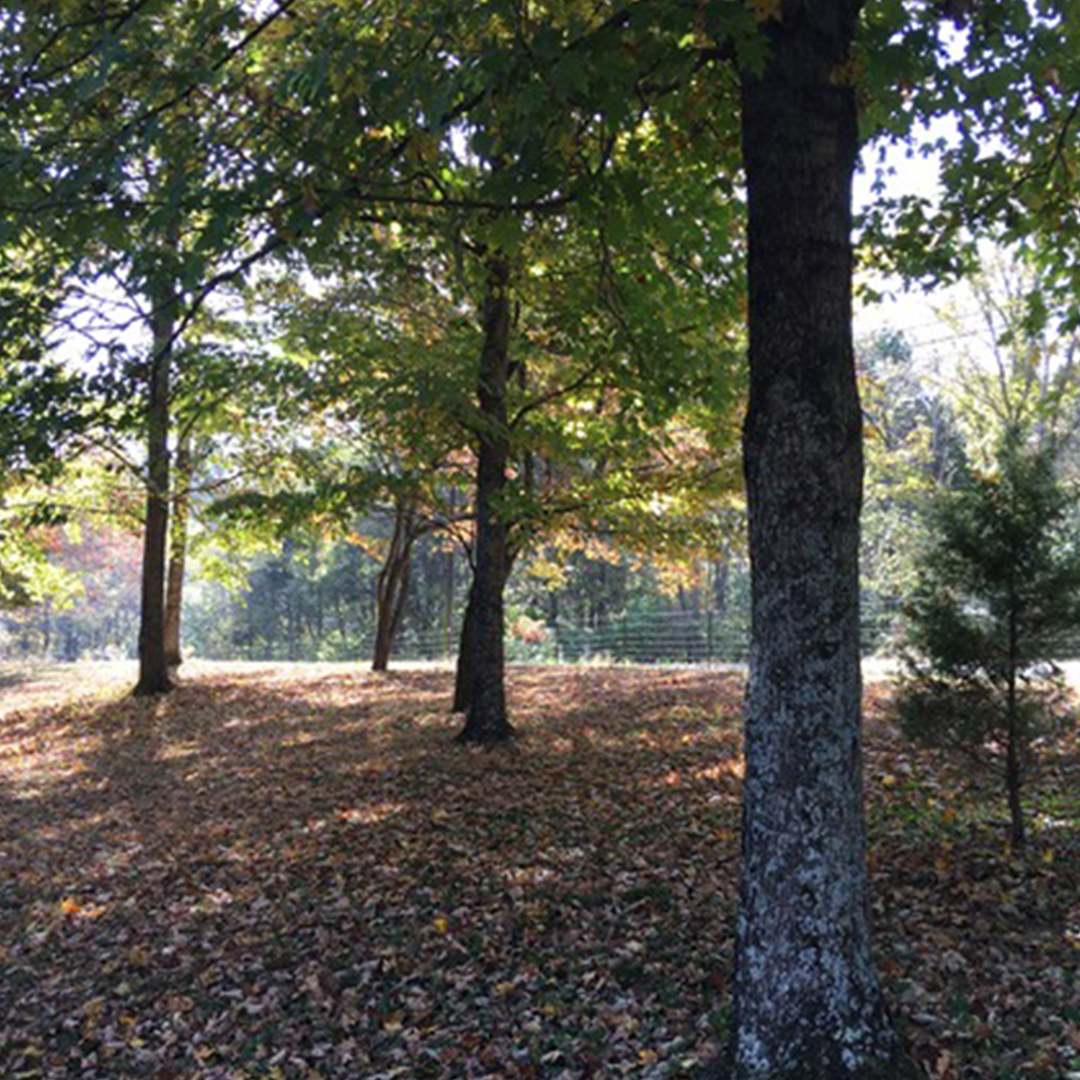Most of you have probably already received a killing frost. Much of the flowers and foliage that looked so jubilant a few weeks ago (think: dahlias!) are now sad and dead-looking. Not to worry, all your perennials are now busy doing very important work underground –some above ground. Roots are growing, new shoots and eyes are forming, and buds are setting for next spring. You can also do your part to get things working toward the next growing season.
Go for the green
The first week of November or so, I give my entire garden a gentle sprinkling of Green Sand. If this is the first time you’ve heard of this wonderful soil amendment, you are in for a treat! It is mined from the shallows of the ocean and is also called “Glauconite.” Green Sand is high in iron, potassium and magnesium, as well as several other important trace minerals. Potassium is the “K” in the NPK ratings of fertilizers and is important in root growth. Green Sand contains a very gentle dose at 0 0 3. So while you’re clearing away the tops of dahlias, peonies and all the annuals that bit the dust with the first hard frost, think about adding a bit of magic green dust to your beds to encourage healthy new growth next season.
If you are going to lift and store your dahlia tubers, make certain to wait two weeks from the time of your first hard frost. This way you won’t inhibit the growth of any eyes forming on the tubers. Meanwhile, other items in the garden might want some extra mulching, like tuberoses, acidanthera, and salvia leucantha. Any perennial that is at the extent of its growing zone will need a little extra warmth for the winter.
Leave it alone
Lots of seeds can be left on the plants to help feed birds that don’t travel south in the winter. If you love goldfinches, for example, do not remove the blackened stems of rudbeckia and echinacea. Instead, leave them and the birds will feast on the seeds all winter long. Also, don’t be in a big hurry to remove fallen leaves, especially from your garden, as they provide extra warmth to roots over the winter. Got a brush pile? Wait till late spring to burn it because many beneficials, small vertebrates and invertebrates over-winter in these piles. Your garden will be healthier next year, so your “laziness” will be rewarded!
One last thing, instead of raking your leaves, consider mowing them. You can either mow them into your yard or you can bag them while you mow. I try to alternate between the two, collecting the mown leaves after the first big drop into piles for use as mulch next season. These may also be used on the compost pile or dumped around woodland plants that love them, such as hydrangeas and azaleas. When the second big leaf shower happens, I mow those leaves into the grass.
Happy Gardening!

Laura Bigbee-Fott is a Davidson County Master Gardener. She owns Whites Creek Flower Farm and runs a floral event and wedding design business called Everything Blooms.

